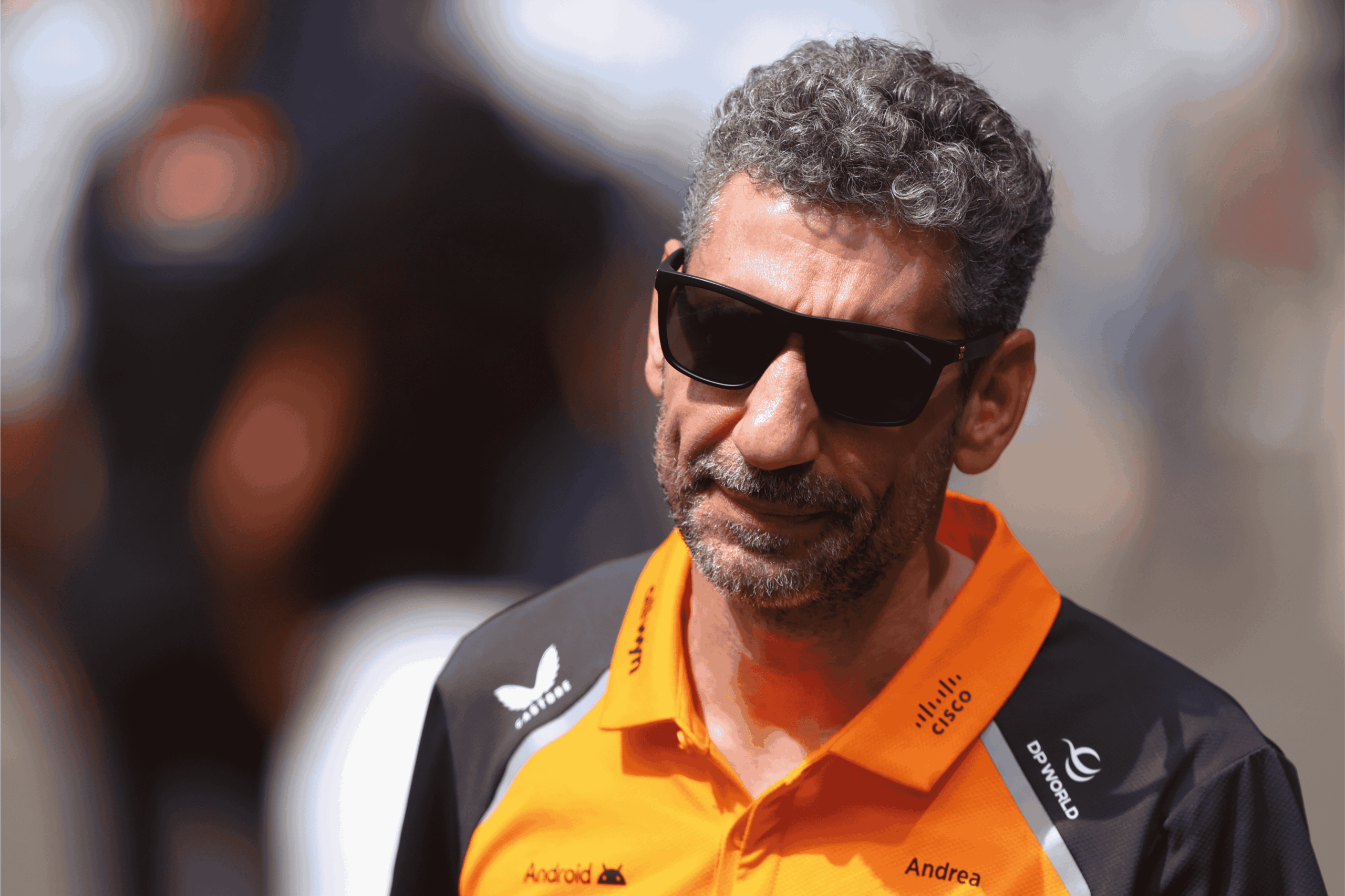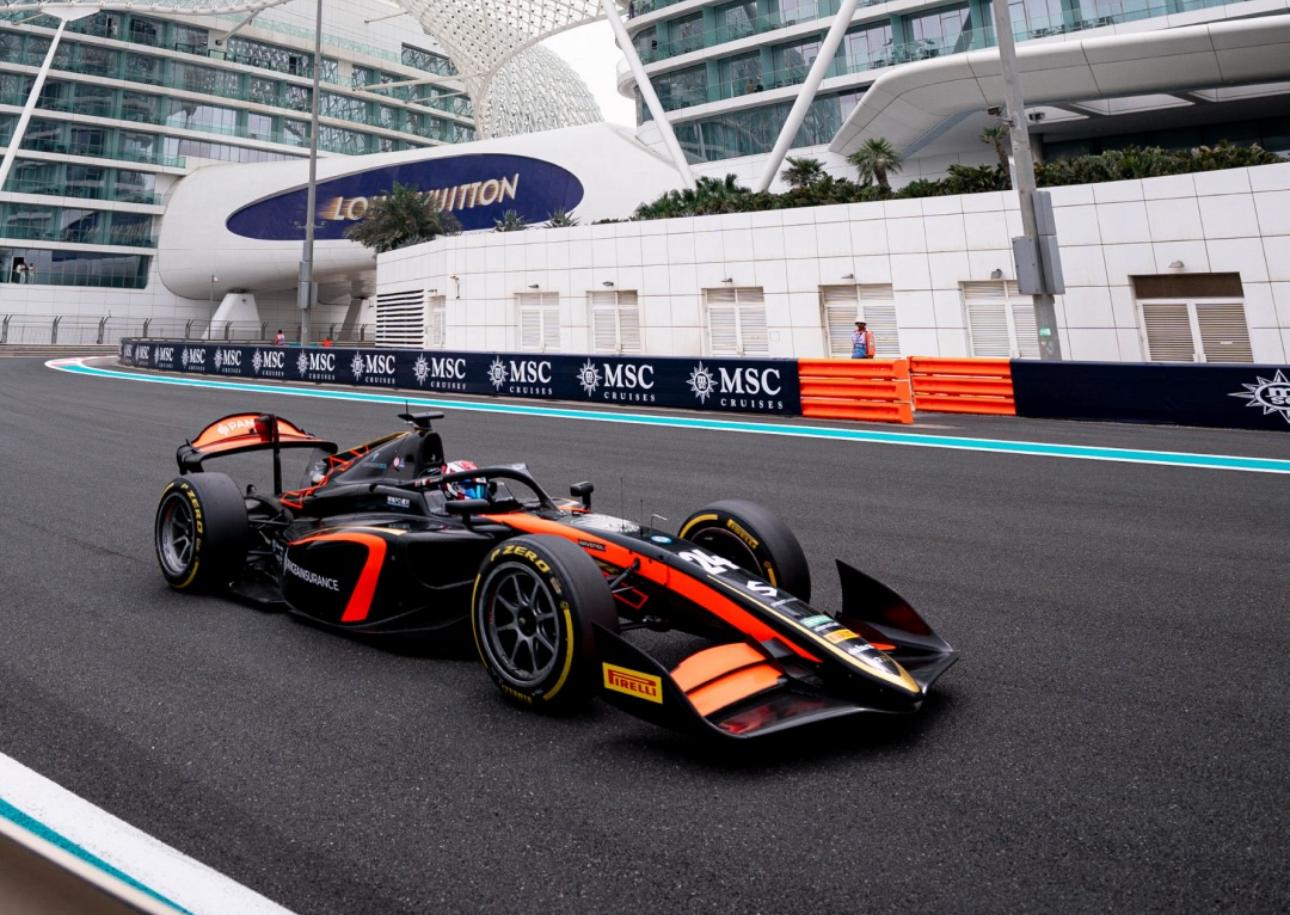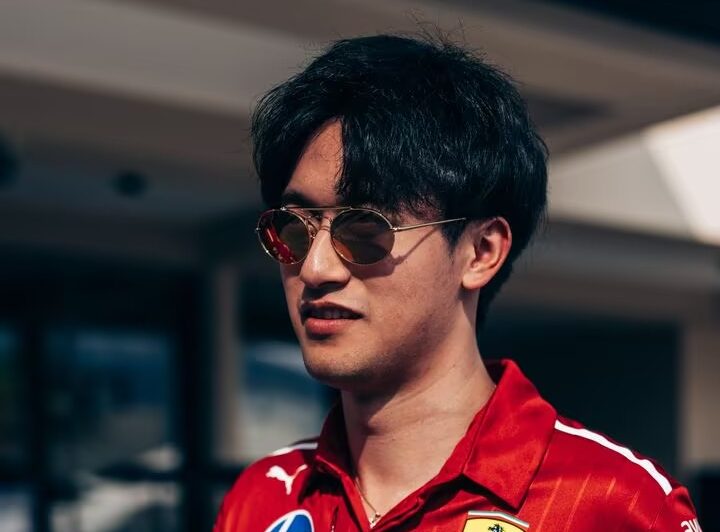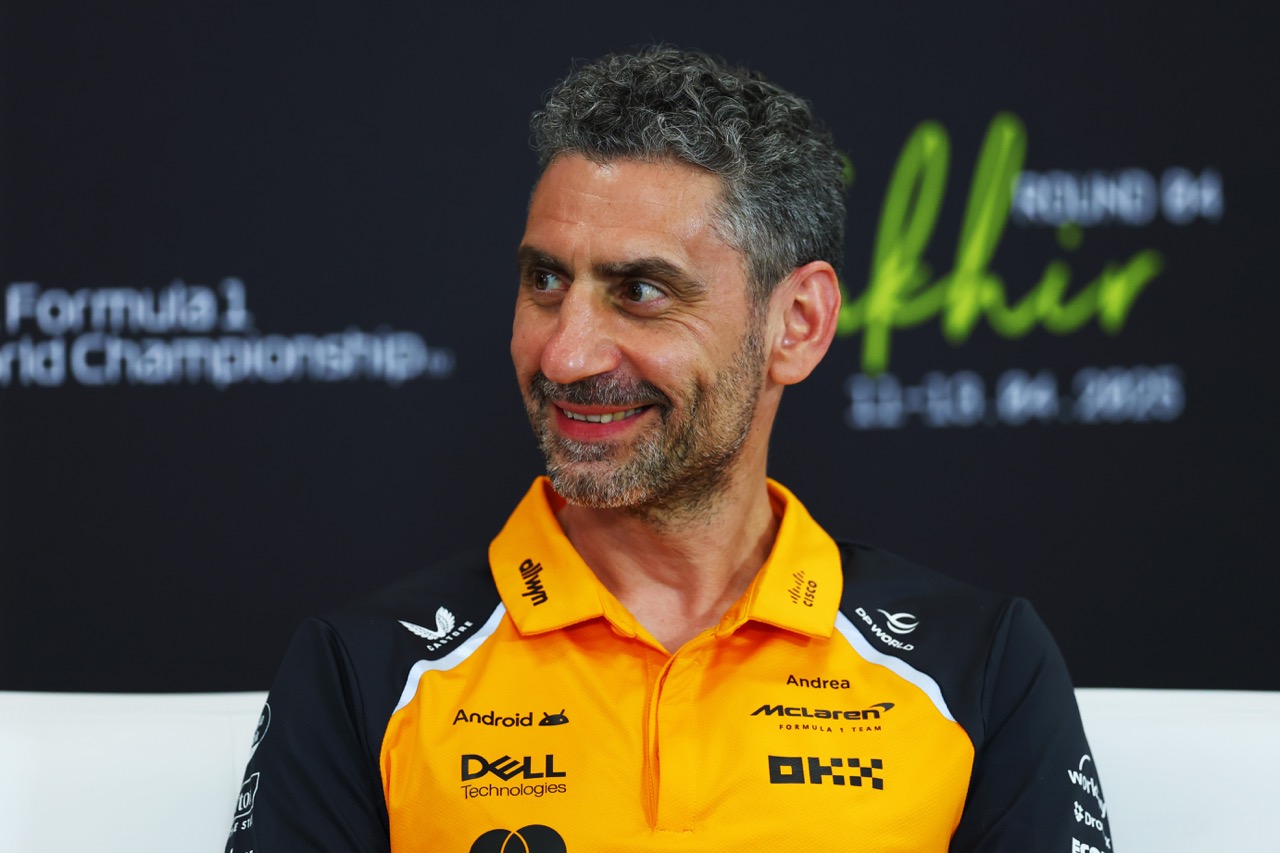Following McLaren’s one-two finish at the F1 Austrian GP, team principal Andrea Stella faced pointed questions about McLaren’s strategic approach that saw Oscar Piastri finish second behind teammate Lando Norris.
The key inquiry centered on whether pitting Piastri immediately after Norris during the first pit window might have given the Australian a better chance at his sixth win of the season.
The question highlighted the complex tactical decisions teams face when managing two competitive drivers. McLaren’s 2025 strategic approach must balance both drivers, considering the team does not consider either one their number one driver.
Two strategic paths explained
Stella provided a comprehensive breakdown of the tactical considerations that shaped McLaren’s strategic approach during Sunday’s race.
After Lando Norris boxed at the end of lap 19, Oscar Piastri went a further four laps to try and create a tyre offset.
“You have two options in that kind of situation. The first option is to pit right away, one lap after the car in the lead. So it means you’re going to be probably a couple of seconds and pretty much with the same tyre age. The other option is to delay the stop so that you can build the so-called tyre delta. And then once you stop you’re going to be possibly three, four seconds, but you will have better tyres.”
McLaren’s strategic approach on the Aussie’s side of the garage favored the second option, building a tyre advantage.
“And then you will have a closing seat on the car that stopped before you. In circuits with high tyre degradation like here [in Austria], normally staying out gives you a benefit.”
Theory vs reality in terms of strategy
McLaren’s strategic approach was theoretically sound for Austria’s high degradation characteristics, but the execution proved more complex than anticipated.
Stella explained: “I think today it wasn’t necessarily apparent because we cannot separate how the strategy worked for Oscar from how fast Lando actually was. Because Lando was actually fast in the second stint with the hard tyres and this didn’t allow Oscar to capitalise on the fact that he had built this tyre delta.”
Stella acknowledged that Norris’ slightly small pace advantage neutralized Piastri’s theoretical tyre life. The British driver extracted crucial performance without defensive pressure.
Austria complicates McLaren’s strategic approach
The Red Bull Ring presented specific challenges that complicated McLaren’s strategic approach. The circuit’s powerful DRS effect created tactical complications as three DRS zones in quick succession allows the following car to keep close.
“Austria is a special track, it’s one of those in which the DRS effect is so powerful that when you don’t have a big difference between the two cars, the car behind stays hooked onto the car ahead. So I think in the first stint that’s what happened.”
This factor kept the battles between the two McLaren teammates close, but prevented decisive strategic moves from taking effect.
The decisive second stint
Piastri’s strategy ultimately fell short due to Norris’ superb performance in the crucial middle phase of the race.
Speaking about the second stint Stella emphasized how small margins can determine strategic success or failure.
“I think Lando, without the pressure of having to defend all the time, he used perhaps just a one-tenth advantage of pace and he made Oscar’s strategy look like it didn’t work out.”
McLaren’s strategic approach delivers team success
McLaren’s strategic approach delivered maximum team points this past weekend. The Austrian GP highlighted both the potential and limitations of strategic innovation in Formula 1.





